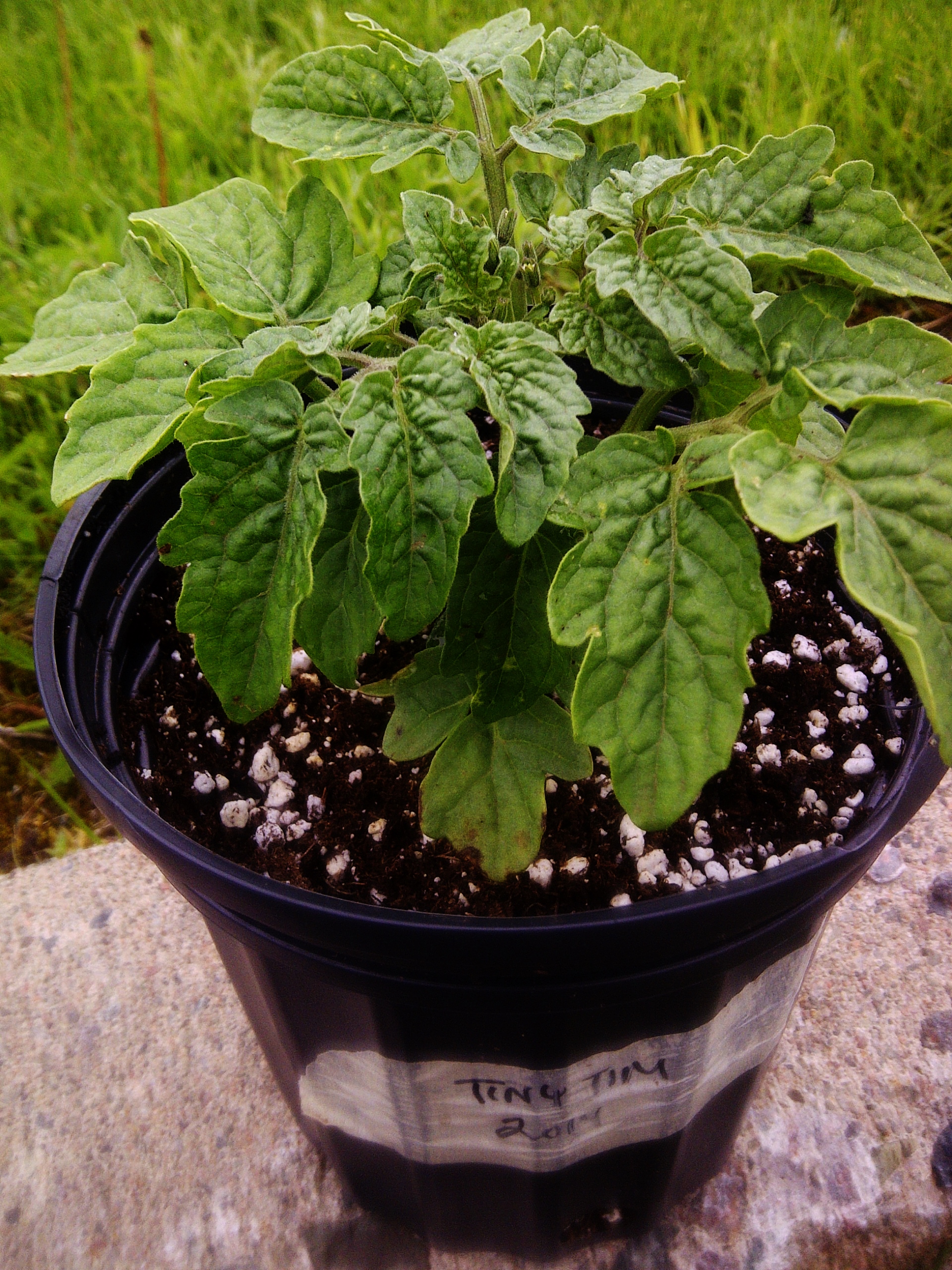This post is the second in a series that Sarah Campbell, an intern with FSN, will be doing around the International Year of Family Farming this summer, gathering stories of family farming from around the Avalon Peninsula. Look for more stories in the coming weeks! The weekend before last was the first one that I attended the St. John's Farmer's Market – always a good feeling. I didn't spend too much time inside – long enough to get a coffee – but I was happy to see vendors I remembered from last year – selling books, soap, and local art. I really appreciate having a local craft culture that I get to delve into every once and while. The market is a great place to do that (you can go to the market's website to find out which vendors will be at the market each week).
Most vendors were selling greens and herbs – the season, it seems, is still early. I picked up some green onions from Murray Meadow's Farms; The Organic Farm was selling greens as well.
Another great find: many farmers are selling plants for your own gardens. There's a whole variety of seedlings and small plants to take home with you. Ripple Trail Farms had some kale seedlings on the go, which I plan to get some of next week – nothing better than a plate of kale chips. I got a small tomato plant – the variety is called 'Tiny Tim' – from Jeremy at Mount Scio Farms. Unlike most tomato plants that need to be staked or supported in some way, this one is a dwarf variety that grows more like a bush – great for indoor/container gardeners like myself. I was also happy to find a lemon basil seedling at Bloom n' Greens.
And of course, I picked up some eggs from Del at Oliver's Farms. The line is always long at the white truck, but it's long for a reason!
The St. John's Farmers' Market runs June-December, every 9am to 2pm at the Lion's Club Chalet between Bonaventure and Newtown. Check them out on Facebook as well for regular updates! And for schedules and updates for this and other farmers' and community markets happening across Newfoundland and Labrador this year, you can sign up for the FSN Monthly E-News!












